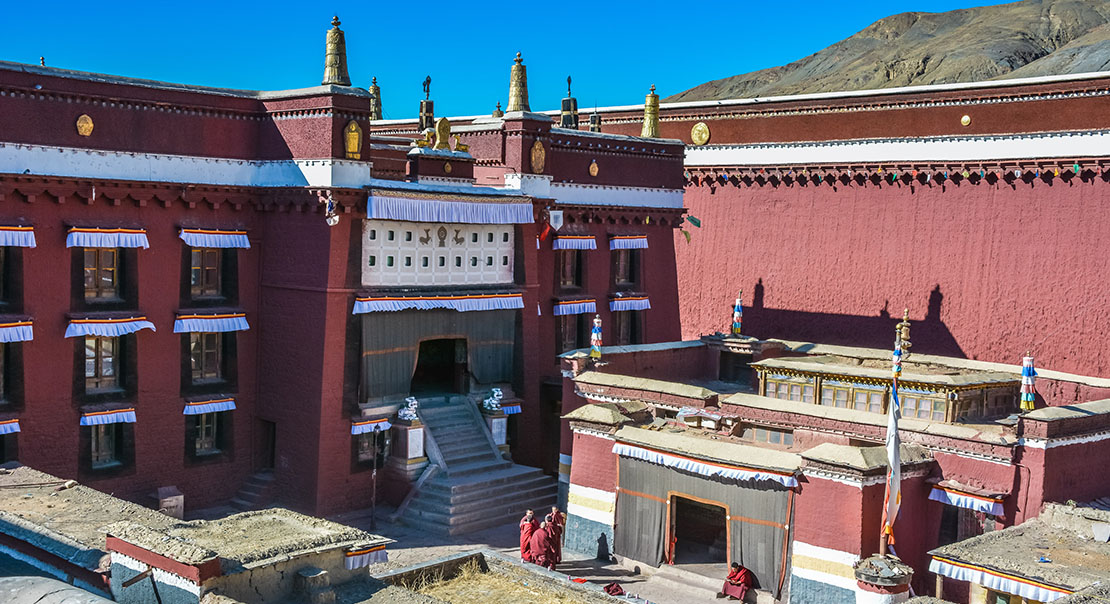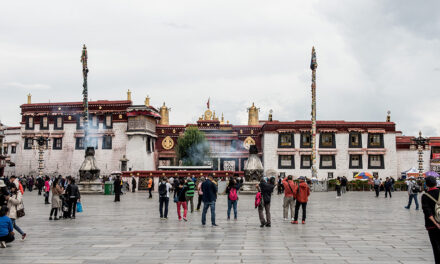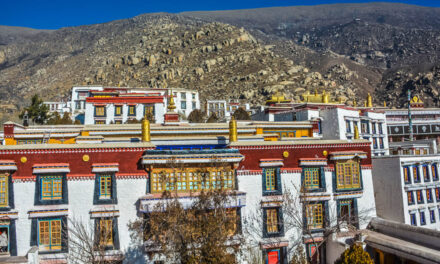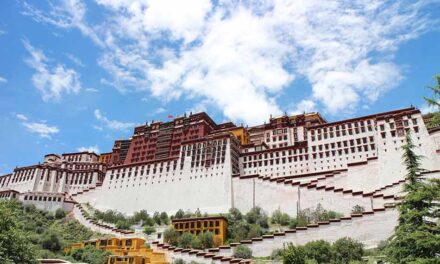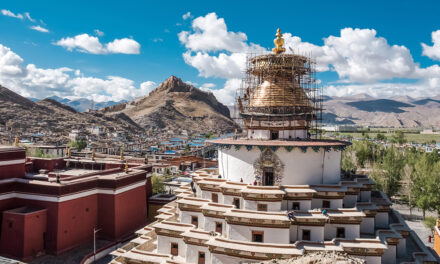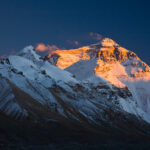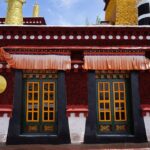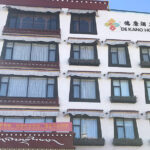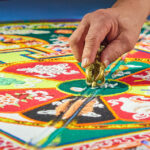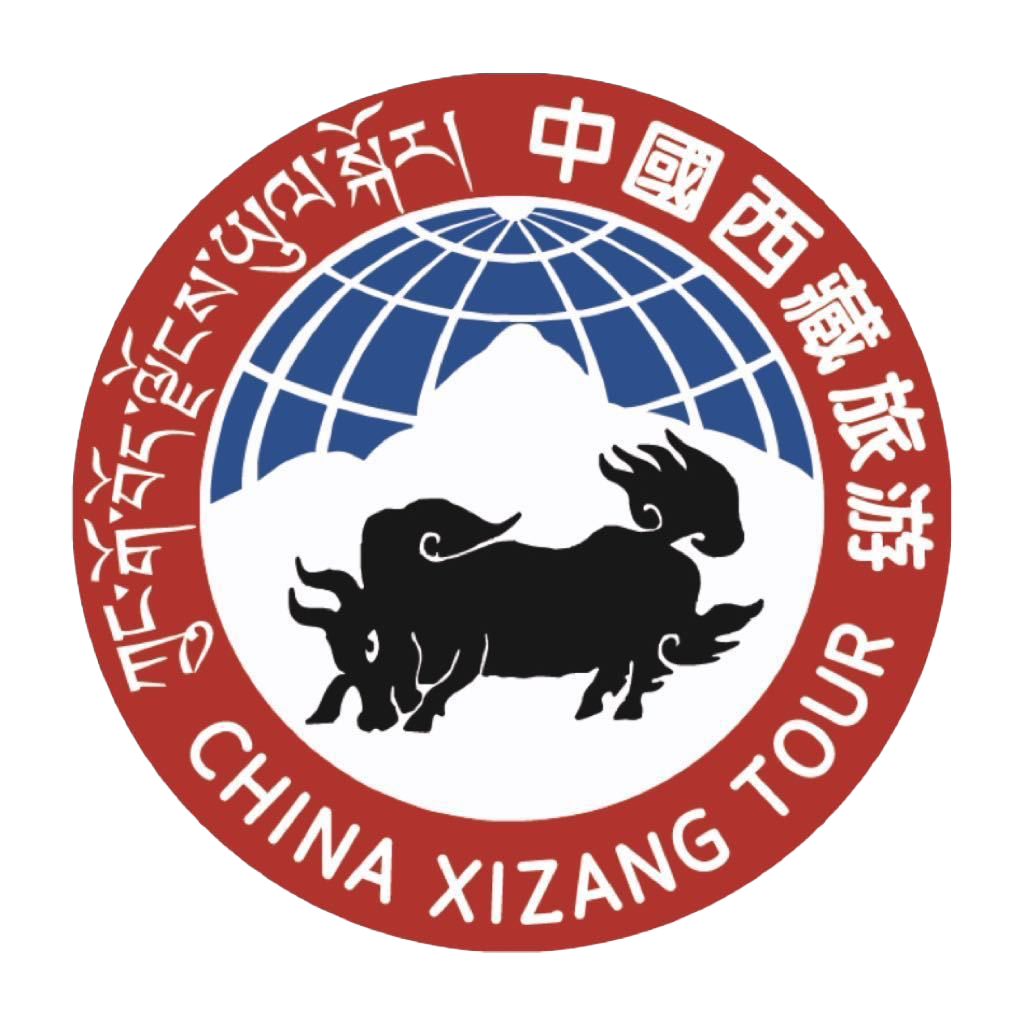Estimated reading time: 2 minutes
Sakya monastery is located in the Sakya county of Shigatse prefecture and is one of Tibet’s most impressive structures. Khon Konchog Gvalpo originally founded it in 1073. The earth in this area is of a/ grey colour, so the monastery is called”Grey Earth” monastery.
Later in 1262, Drogon Choegyal Pakpa built the southern part of the monastery. The massive central hall is called Lhakhang Chemo or the great chapel, Inside it, there are many statues and other relics, but among them, the most important relics are the Buddha statue in the centre and the conch shell, which is believed to have been used by the Sakyamuni Buddha himself.
Against the back walls of the hall, there are about2o 00 volumes of handwritten Buddhist scriptures. These are written with liquid gold, silver or other precious materials. It is said that even if the outer walls collapse, the inner wall of scriptures will not collapse. Because of these important scriptures, people also call it the second Dunhuang, famous for its collection of ancient texts and murals.
Beside the main hall, there are also many other chapels, including two palaces called Dolma Podrang and Puntsok Podrang. Each palace has a head Lama, and both are hereditary masters, which means they get
married, and their sons will be the next masters. The masters from the two palaces become “Trizin” or the e throne-holder by rotation. This is the mother monastery
of the Sakyapa, and it has many sub-schools and branch monasteries across the Tibetan plateau.
Unlike other monasteries painted in red and white, the Sakyapa monasteries have grey walls with black, white and red coloured lines that represent Varapani, the Buddha of power or indestructibility, Avalokitesvara, the Buddha of compassion, and Manjushri, the Buddha of wisdom.
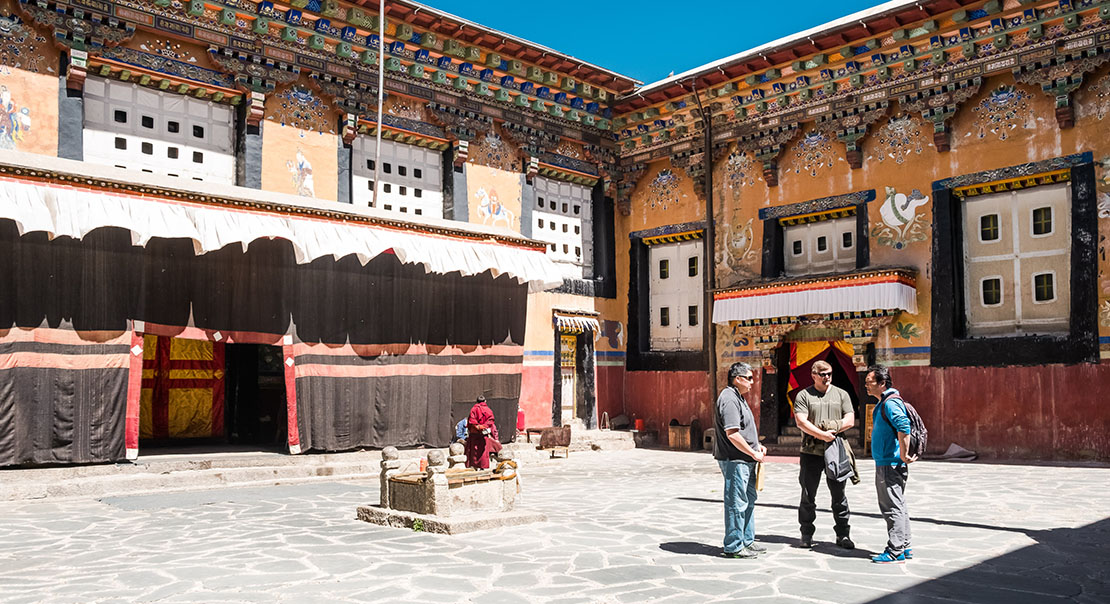
You can read more Tibet travel guide from this link or visit our travel agency website: https://itibettravel.com.
Recommend Reading.

